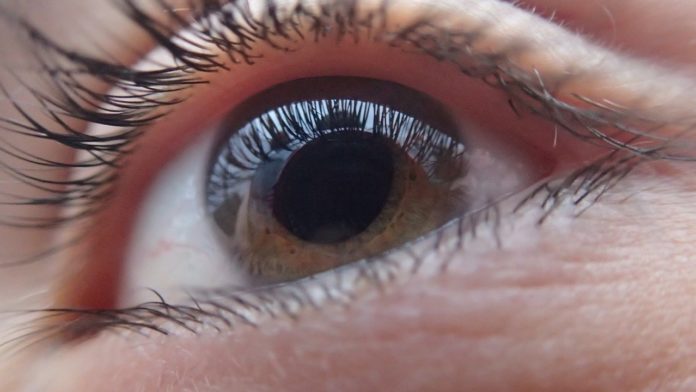The popular weight loss drug was found to be associated with blindness caused by a problem in the optic nerve that supplies the eye
Popular weight loss drug semaglutide may be associated with a form of blindness, suggests a new study in JAMA Ophthalmology.
The study found an association between use of the drug and a condition known as nonarteritic anterior ischemic optic neuropathy (NAION) in which the blood flow to an eye is reduced and there is a sudden and potentially complete loss of vision in that eye. There is no pain associated with the condition.
“This study’s findings suggest an association between semaglutide and NAION. As this was an observational study, future study is required to assess causality,” researchers from Mass General Brigham wrote. Semaglutide, also marketed as Wegovy or Ozempic is normally used to treat Type II diabetes but has caught public imagination primarily as a weight loss drug. Over the short period during which the drug has been around, it has also been associated with many add-on benefits including protection against kidney diseases but this new revelation may cause some concern among semaglutide aficionados.
“The use of these drugs has exploded throughout industrialized countries and they have provided very significant benefits in many ways, but future discussions between a patient and their physician should include NAION as a potential risk,” said Joseph Rizzo, Joseph Rizzo, MD, director of the Neuro-Ophthalmology Service at Mass Eye and Ear and the Simmons Lessell Professor of Ophthalmology at Harvard Medical School. “It is important to appreciate, however, that the increased risk relates to a disorder that is relatively uncommon,” he added. He is the corresponding author of the study.
NAION is relatively rare, with an average incidence of about 10 cases out of 100,000 people in the general population. It is the second-leading cause of optic nerve blindness (second to glaucoma) and it is the most common cause of sudden optic nerve blindness.


